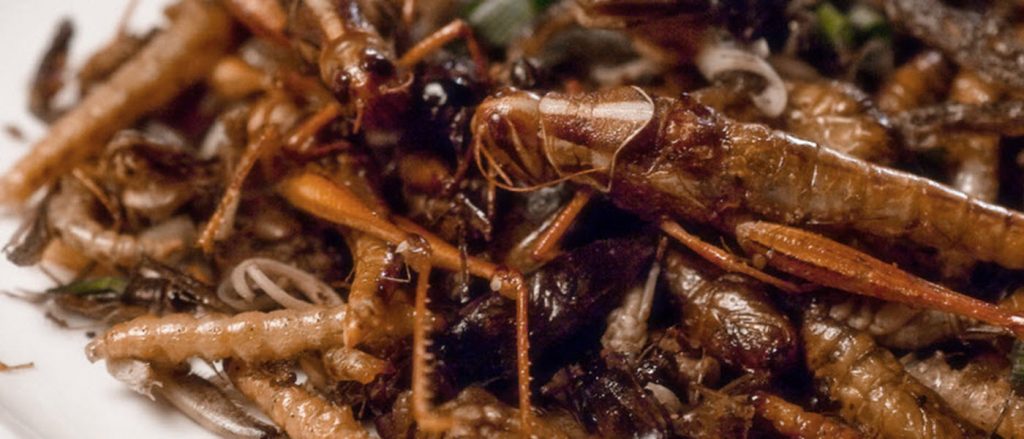What is Cricket Flour?
Cricket flour, also known as cricket powder, is a protein-rich flour made from ground crickets. It’s gaining popularity as a sustainable and nutritious alternative to traditional protein sources. Cricket flour can be made using various techniques, including roasting the crickets and milling them into a fine powder.
Cricket flour can be used in various culinary applications, but it is important to remember that unlike traditional flours made from grains, cricket flour is very high in protein, while grain flours are mostly starches and dietary fibre. Some producers prefer using the term cricket powder when marketing their cricket flour, as this prevents consumers from confusing it with traditional grain flours. It is also a more appealing term for consumers who are staying away from grain flours.
At the time of writing, cricket flour costs around 40 USD per pound on the U.S. Market. Making one pound of cricket flour will require roughly 4,200 – 4,800 crickets. The price of cricket flour is expected to drop in the future, as more large-scale commercial enterprises get into the businesses, pushing costs down. As with most other food items, we will probably also see more of a specialization with different producers targeting different consumers and prize points, e.g. by offering locally produced cricket flour, USDA organic cricket flour, Fair Trade cricket flour, minimally processed cricket flour, and so on.





Nutritional Benefits
Cricket flour is packed with nutrients. It’s a powerhouse of protein, containing all nine essential amino acids. Additionally, it’s rich in the vitamins B2 and B12, and minerals such as iron, calcium, and pottassium. When it comes to fat, cricket flour contains both omega-3 and omega-6 fatty acids. Cricket flour boasts a fair amount of fiber, aiding digestion and promoting a healthy gut.
Environmental Impact
One of the biggest advantages of cricket flour is its low environmental footprint. Crickets require significantly less water, land, and feed compared to traditional livestock. They also produce minimal greenhouse gases, making cricket farming a much more sustainable option for protein production.
Making Cricket Flour
Cricket flour can be made using various techniques, and cricket flour is currently being produced both commercially and for private consumption.
Typically, the insides of the crickets will be removed and not used, although using the insides is not dangerous.
The crickets can then be preserved in some way to prevent decay. Freeze-drying is a common preservation method in commercial enterprises. Freeze-dried crickets are fairly easy to ground into a powder.
Some techniques involves cooking either the cricket or the cricket powder, and then carrying out the pulverisation afterwards.
Culinary Uses
Cricket flour is versatile and can be used in various recipes. It can be mixed into smoothies, baked goods, energy bars, and even pasta. Because of its nutty flavor, it pairs well with both sweet and savory dishes. You can substitute a portion of regular flour with cricket flour to boost the nutritional value of your recipes without compromising on taste.
Why Consider Cricket Flour?
Incorporating cricket flour into your diet can contribute to better health and a more sustainable planet. It offers a high-quality protein source that is both nutritious and eco-friendly. Whether you’re looking to add more protein to your diet, reduce your environmental impact, or simply try something new, cricket flour is a compelling option.
Conclusion
Cricket flour is not just a trend but a step towards sustainable eating. Its nutritional benefits and minimal environmental impact make it a smart choice for the future. Give it a try in your next meal and join the movement towards a more sustainable and healthy diet.
